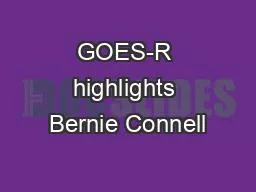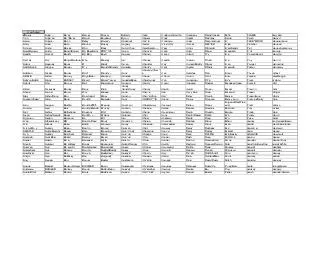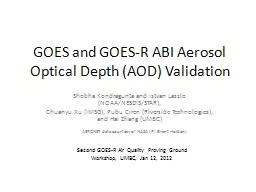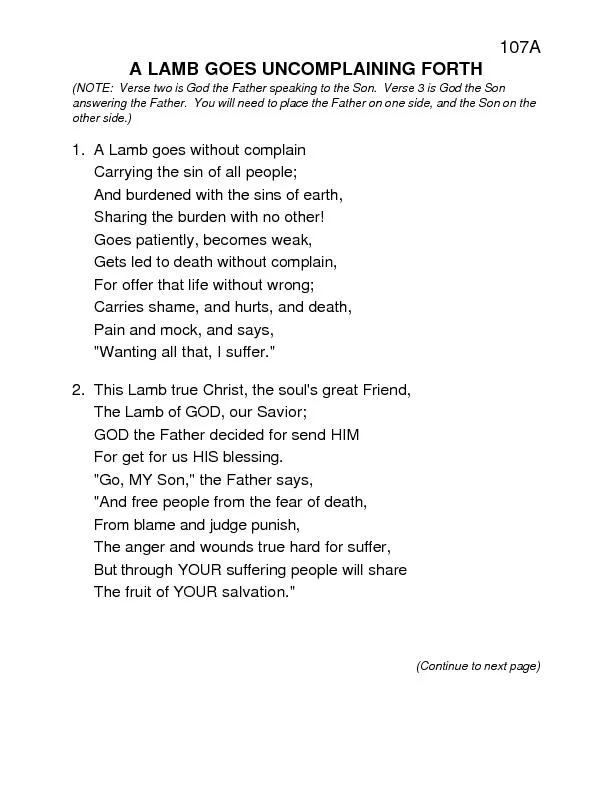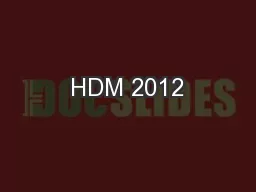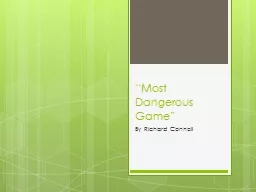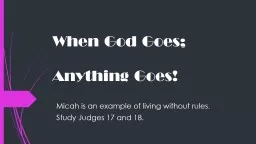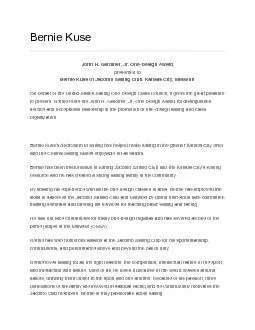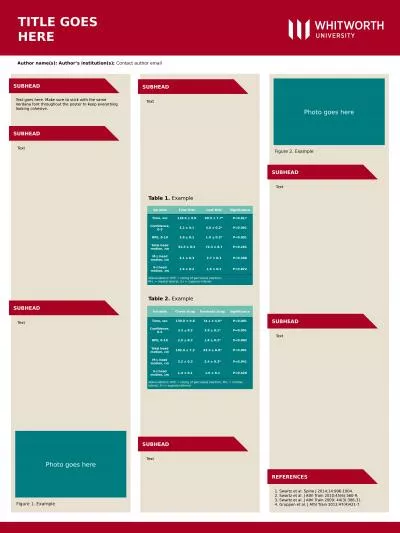PPT-GOES-R highlights Bernie Connell
Author : ryotheasy | Published Date : 2020-06-29
bernieconnellcolostateedu Cooperative Institute for Research in the Atmosphere Colorado State University December 2013 NASA image ISS006E48196 Why and When How
Presentation Embed Code
Download Presentation
Download Presentation The PPT/PDF document "GOES-R highlights Bernie Connell" is the property of its rightful owner. Permission is granted to download and print the materials on this website for personal, non-commercial use only, and to display it on your personal computer provided you do not modify the materials and that you retain all copyright notices contained in the materials. By downloading content from our website, you accept the terms of this agreement.
GOES-R highlights Bernie Connell: Transcript
Download Rules Of Document
"GOES-R highlights Bernie Connell"The content belongs to its owner. You may download and print it for personal use, without modification, and keep all copyright notices. By downloading, you agree to these terms.
Related Documents

